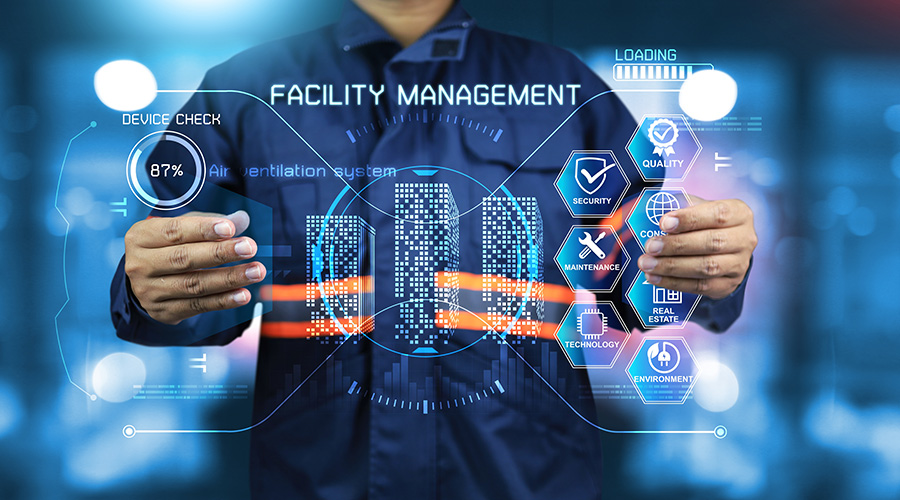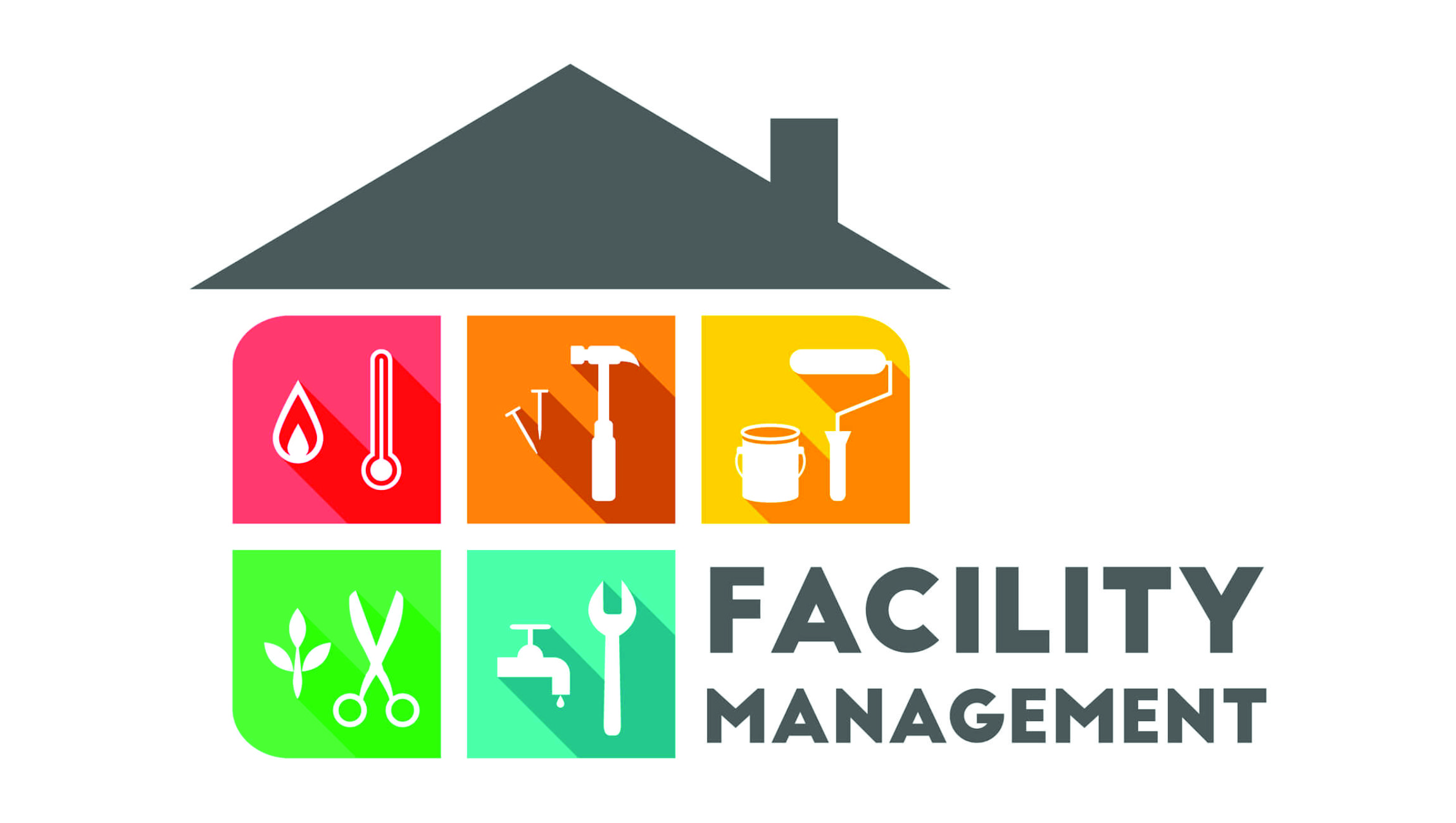The Crucial Overview to Center Administration: Techniques for Success
Facility management plays a crucial role in the total success of a company, acting as the backbone that supports effectiveness, safety, and performance. By using calculated methods such as incorporated technical solutions and fostering cross-departmental collaboration, companies can substantially boost their functional foundations. The nuances of effective center monitoring extend past simple logistics and need a thorough understanding of both qualitative and measurable metrics. As we check out these vital methods, a closer examination exposes how they can transform not just centers, but the very society within an organization itself. What might these makeovers look like in technique?
Comprehending Facility Administration
What makes up efficient center administration? Reliable center monitoring incorporates the control of numerous business features to make certain that constructed settings are secure, reliable, and helpful to performance. It incorporates the concepts of business, architecture, and design administration to produce a seamless operational circulation within a company.
Crucial element of center management include area preparation, maintenance management, and compliance with wellness and safety and security regulations. Area planning concentrates on maximizing using physical sources to sustain business objectives, while maintenance monitoring guarantees that facilities are kept in ideal problem, making best use of life expectancy and lowering functional prices. Conformity with governing and lawful criteria is vital, as it safeguards the company versus possible responsibilities and boosts its online reputation.
In addition, reliable center monitoring depends on the tactical use of innovation, such as Building Management Equipment (BMS) and Computer-Aided Center Monitoring (CAFM) tools. These innovations help with real-time monitoring of structure systems and improve maintenance processes (Facility Management). Inevitably, a detailed technique to facility management not just advertises operational performance however also cultivates a favorable environment for staff members and site visitors alike, driving total organizational success

Secret Strategies for Optimization
Enhancing center management needs a critical approach that lines up functional practices with organizational objectives. To accomplish this, the initial key method is the execution of incorporated technological services. Making use of innovative software systems enables for real-time tracking of center procedures, promoting data-driven decision-making and boosting general efficiency.
Secondly, routine analyses of center efficiency are important. Conducting routine assessments and audits enables facility supervisors to recognize locations that require renovation, guaranteeing that resources are designated effectively. This proactive method assists in reducing downtime and improving service shipment.
One more important method is promoting partnership across departments. By encouraging open communication in between groups, center supervisors can better straighten their strategies with business objectives, bring about boosted functional harmony. Furthermore, involving staff in training programs advertises a society of responsibility and improves their ability to add to optimization initiatives.
Enhancing Security Protocols
Strengthening safety and security methods is necessary for producing a protected environment within centers. A detailed security protocol not just safeguards visitors and staff members but additionally enhances operational efficiency. Facility Management. To achieve this, center managers have to carry out regular danger analyses to recognize possible dangers and guarantee that appropriate actions are in place

Furthermore, clear communication channels should be established to report security worries immediately. This consists of producing an easily accessible system for workers to voice possible dangers or incidents without worry of reprisal. Leveraging modern technology can improve safety and security actions; for instance, carrying out security systems and accessibility controls assists read keep track of facility tasks and restrict unapproved access.
Finally, compliance with neighborhood guidelines and market standards is non-negotiable. Normal audits and evaluations of safety protocols guarantee placement with present laws and ideal methods. By focusing on these methods, facility supervisors can cultivate a society of safety that shields all stakeholders and eventually contributes to the company's success.
Improving Work Environment Environment
A favorable workplace atmosphere considerably boosts worker spirits and productivity, making it a critical focus for center administration. To develop such an atmosphere, facility supervisors need to prioritize numerous crucial elements, including functional designs, aesthetic appeals, and staff member engagement.
Ergonomic factors to consider are essential to lessen physical pressure and discomfort. This entails offering flexible furnishings, proper illumination, and ample space for motion. These changes can bring about decreased absenteeism and boosted work satisfaction.
Looks play an essential role in shaping the work environment ambience. Making use of shade psychology, natural lighting, and greenery can promote a welcoming and promoting atmosphere. Attentively made rooms can enhance creativity and improve overall well-being.
Furthermore, motivating worker involvement via comprehensive decision-making procedures can improve the feeling of ownership and belonging. Gathering comments on work environment enhancements and including employees in the design process can bring about an extra customized atmosphere that satisfies their requirements.
Finally, promoting well-being campaigns, such as health cares and leisure areas, can even more contribute to an encouraging workplace society. By concentrating on these approaches, center managers can efficiently improve the office atmosphere, driving both employee complete satisfaction and organizational success.
Gauging Success in Facilities
Determining success in facility administration requires a thorough technique that assesses both qualitative and measurable metrics. Quantitative metrics typically consist of essential performance signs (KPIs) such as space use rates, power consumption, maintenance expenses, and occupancy levels. These metrics supply a clear image of operational performance and monetary efficiency, allowing center managers to recognize areas for renovation and benchmark versus industry criteria.
Qualitative metrics, on the other hand, concentrate on user contentment and employee engagement. Studies and feedback devices can gauge exactly how well the facilities satisfy the demands of residents, aiding to assess the general office environment. This element is important, as a satisfied workforce is usually linked to boosted performance and retention rates.
To successfully gauge success, facility managers must also consider incorporating modern technology, such as building administration systems and information analytics devices, to collect and evaluate pertinent information. Routinely examining both collections of metrics permits for a more balanced view of performance and notifies critical choices. Ultimately, an effective center management strategy pivots on a commitment to continuous renovation, guaranteeing that both operational efficiencies website link and user complete satisfaction are focused on.

Conclusion
To conclude, effective facility management is crucial for enhancing business performance. By implementing incorporated technological options, performing routine analyses, and fostering partnership throughout divisions, organizations can attain optimum source allowance and operational efficiency. Prioritizing safety procedures and enhancing office atmospheres further add to boosted employee satisfaction. Determining success via both qualitative and quantitative metrics permits for continuous enhancement, inevitably leading to reduced functional expenses and an extra effective organizational environment.
Facility administration plays a critical role in the overall success of an organization, serving as the backbone that supports effectiveness, efficiency, and security.Key components of center monitoring consist of click here to read room preparation, upkeep administration, and compliance with health and safety regulations.In addition, reliable center administration depends on the tactical use of modern technology, such as Building Administration Systems (BMS) and Computer-Aided Center Monitoring (CAFM) tools. Ultimately, a comprehensive strategy to center management not just advertises operational efficiency yet likewise fosters a favorable environment for visitors and workers alike, driving total business success.
Inevitably, a successful center monitoring approach hinges on a dedication to constant renovation, making sure that both functional effectiveness and individual contentment are focused on.